Hello from onboard the Tōkaidō Shinkansen!
After two and a half years of closing their borders due to the pandemic, Japan finally reopened to international travellers on unguided package tours as of this month, and appears poised to fully reopen without visa requirements in the near future.
Having secured my tourist e-visas by way of Japan Guide Agency a few weeks ago, I’ll be spending the next two weeks in Japan, at long last stepping foot back into one of my favourite destinations in the world.
The Trip
I last departed Tokyo on Qsuites in February 2020 during the rapidly unfolding outbreak in Asia, and have daydreamed about an eventual return ever since.
But in thinking about my travel plans for the fall of 2022, Japan was initially nowhere near my radar. For most of 2022, the prospects of Japan reopening to tourism anytime this calendar year looked fairly bleak at best.
Indeed, for the longest time, I had planned to link up with the Prince of Travel team at Oktoberfest in Munich over this past weekend. This all changed, however, when the topic of Japan’s somewhat ambiguous easing of border controls came up on the Happy Hour for Prince of Travel members in August 2022.
With little fanfare, as it turned out, Japan’s borders looked set to be… kind of open.
The key? A payment to Japan Guide Agency – at the time of ¥20,000 ($180 CAD), then of ¥30,000 ($288 CAD), and now no longer offered – for processing your entry into the ERFS system, which was a necessary step before applying for a Japan tourist e-visa from September 7 onwards.
At the time, I had a feeling this was the kind of window that could slam shut at any moment. And while the ¥20,000 payment for ERFS processing looked to be no more than a blatant cash-grab, I considered it very much a price worth paying for a dream return to Japan at the earliest opportunity – crucially, before the crowds arrived during a full reopening!
I said to my partner Jessy: “Listen, I’m not promising anything, but we might be going to Japan instead of Oktoberfest,” and got to work on submitting our e-visa applications.
To my utter joy and delight, the e-visas came through no more than 48 hours later.
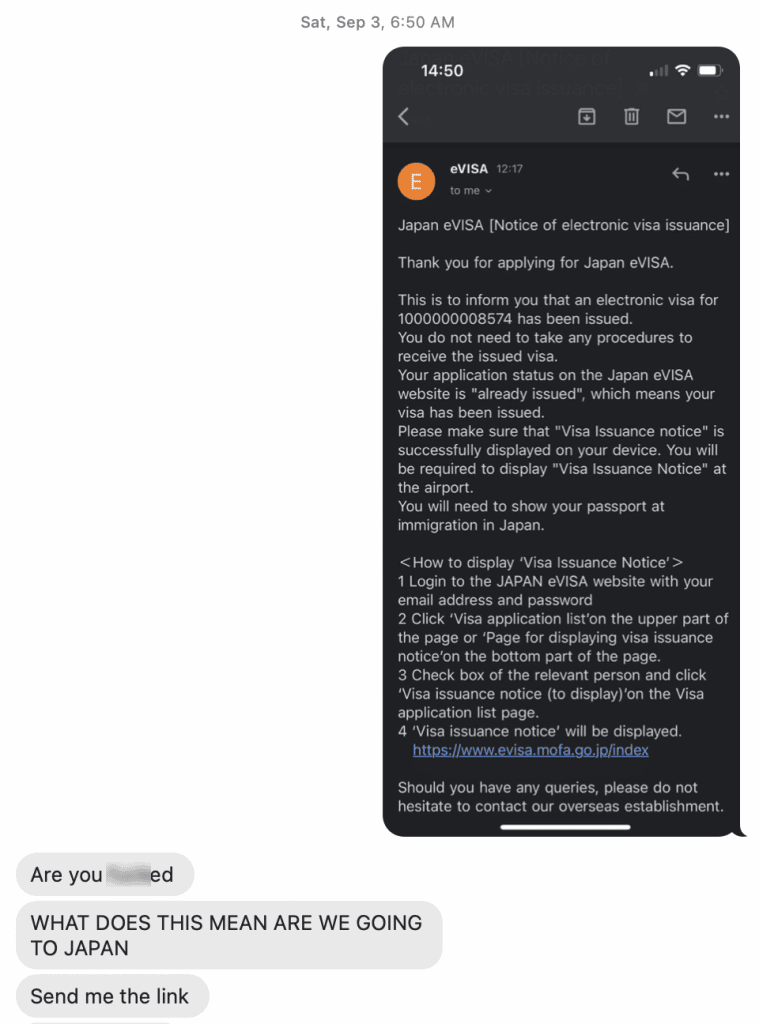
We’ll be spending two weeks across Tokyo and the Kansai region, rediscovering some of our old favourites after a long time away while also checking out a few new places we haven’t been before.
In particular, I’m looking forward to visiting the cities of Nara and Osaka for the first time. I’ll also be embarking on a side-trip from Tokyo to the mountainous town of Hakone, where the hot springs and Mount Fuji views look very inviting indeed.
All the while, we’ll of course be indulging in delicious Japanese food at every opportunity we get, from omakase to onigiri to okonomiyaki, from $200+ sushi joints to $2 meals from the 7/11.
We’ve already done our fair share of sightseeing in Tokyo and Kyoto on previous visits, so we’ll be allocating that time to filling up our appetites instead.
The Flights
For a celebratory first post-pandemic trip to Japan, no flight itinerary seemed more fitting than a double-header of the two main Japanese carriers: ANA and Japan Airlines.
On the outbound journey, I managed to find award availability on ANA’s Los Angeles–Tokyo Narita route in business class, which happens to be operated by one of their newer Boeing 777s with the new “The Room” business class product.
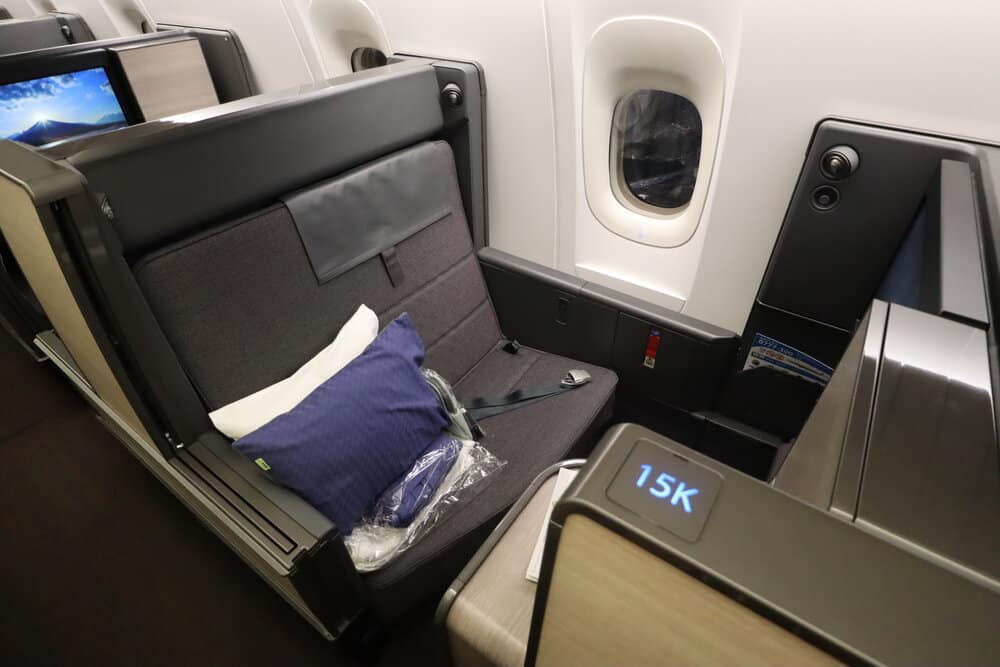
ANA’s business class award space is fairly unpredictable: the airline generally offers up a few seats far in advance, and then may or may not release more seats as the departure date approaches. In our case, we were fairly fortunate to find two business class seats on a popular route and product just a few weeks in advance.
This route would’ve typically cost me 75,000 Aeroplan points per person. However, rather than making a new booking, I changed one of the speculative bookings I had made under the American Express 25% points back promotion – meaning that I’d only effectively be paying 56,250 Aeroplan points per person one-way.
Meanwhile, on the return journey, my natural top choice was Japan Airlines First Class. These days, JAL consistently releases last-minute First Class award space two weeks in advance, so I patiently waited for my desired date to show space on the Tokyo–Los Angeles route before pulling the trigger.
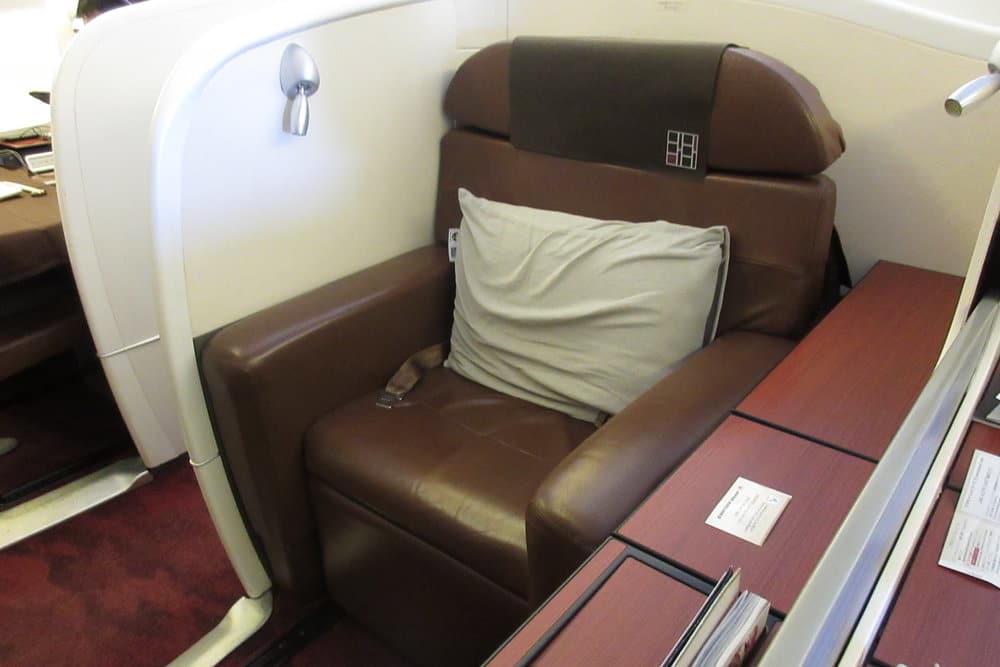
I’ve flown JAL First Class a couple times before, but having recently experienced the incredible ANA New First Class, I’m keen to give it another try to determine which Japanese airline is coming out on top these days.
What’s more, Japan Airlines still ranks as my all-time favourite airline in terms of the onboard dining experience, and I’m curious to see if the airline can keep that impression going three times in a row.
The return journey cost me 70,000 Alaska miles per person with no fuel surcharges, which remains one of the best award chart sweet spots across the entire loyalty landscape.
The Hotels
In many ways, this two-week trip is equal parts business and pleasure.
With Japan set to reopen fully in the coming months, I’ll be taking the opportunity on this trip to review as many high-end points properties as possible to help all of you decide on the best place to stay.
You can expect reviews of the following properties:
- Conrad Tokyo, booked with 62,000 Hilton Honors points
- Hotel The Mitsui Kyoto, Marriott Luxury Collection, booked with 75,000 Bonvoy points at the PointSavers rate
- Park Hyatt Kyoto, booked with 35,000 World of Hyatt points
- Roku Kyoto, Hilton LXR, booked with a Hilton Free Night Reward
- JW Marriott Nara, booked with a Marriott Free Night Award worth 50,000 points, plus a top-up of 10,000 points
- Conrad Osaka, booked with a Hilton Free Night Reward
- W Osaka, booked with 43,000 Bonvoy points
- Park Hyatt Tokyo, booked with 30,000 World of Hyatt points
- Andaz Tokyo Toranomon Hills, booked with 30,000 World of Hyatt points
- The Tokyo EDITION, Toranomon, booked via Marriott STARS for $350 (USD)
- The Ritz-Carlton, Tokyo, booked with a Marriott Free Night Award worth 85,000 points, plus a top-up of 6,000 points
Beyond the major chain hotels, though, one more thing I also wanted to try out on this trip was an authentic Japanese ryokan experience, where guests are treated to a Japanese breakfast, a kaiseki dinner, and onsen hot springs.
I chose to book a ryokan in the mountain town of Hakone, and after looking over a few options, I eventually chose Yama No Chaya, a tranquil retreat at the end of a suspension bridge with traditional Japanese-style rooms.
Alas, there’s no way to use hotel points for ryokans, so I’ll be paying the cash rate of ¥70,480 ($654 CAD) for a one-night stay for two adults, including breakfast and dinner.
Conclusion
30 months later, I’ll finally be setting foot once again in Japan, after the prospect of doing so had seemed so distant for so long.
Even though I’m sure it’ll stretch my stomach like never before, this trip also carries a fair bit of symbolic meaning, as I view it as firmly drawing a line under the “pandemic travel era” of 2020–2022.
With Japan having kept their borders closed to foreign travellers for so long, its much-anticipated reopening marks the moving-on from the challenges of yesteryear and the start of adventures anew.
I’m sure many of you are looking forward to your own eventual return to Japan, too – and let me assure you, once you’ve gotten your temporary visitor stamp and stepped out into the arrivals hall, it’s going to feel like no time has passed at all. 😉






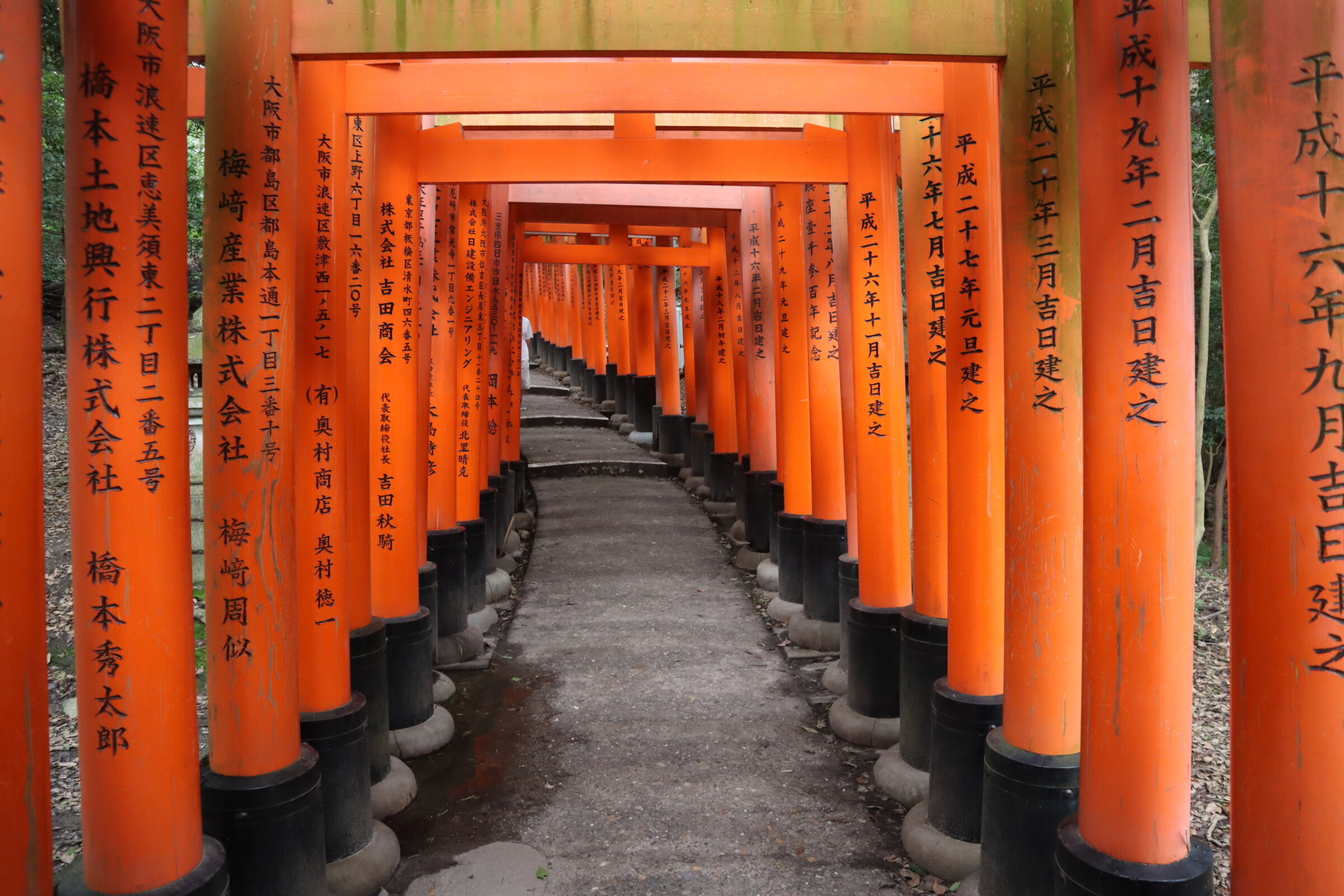
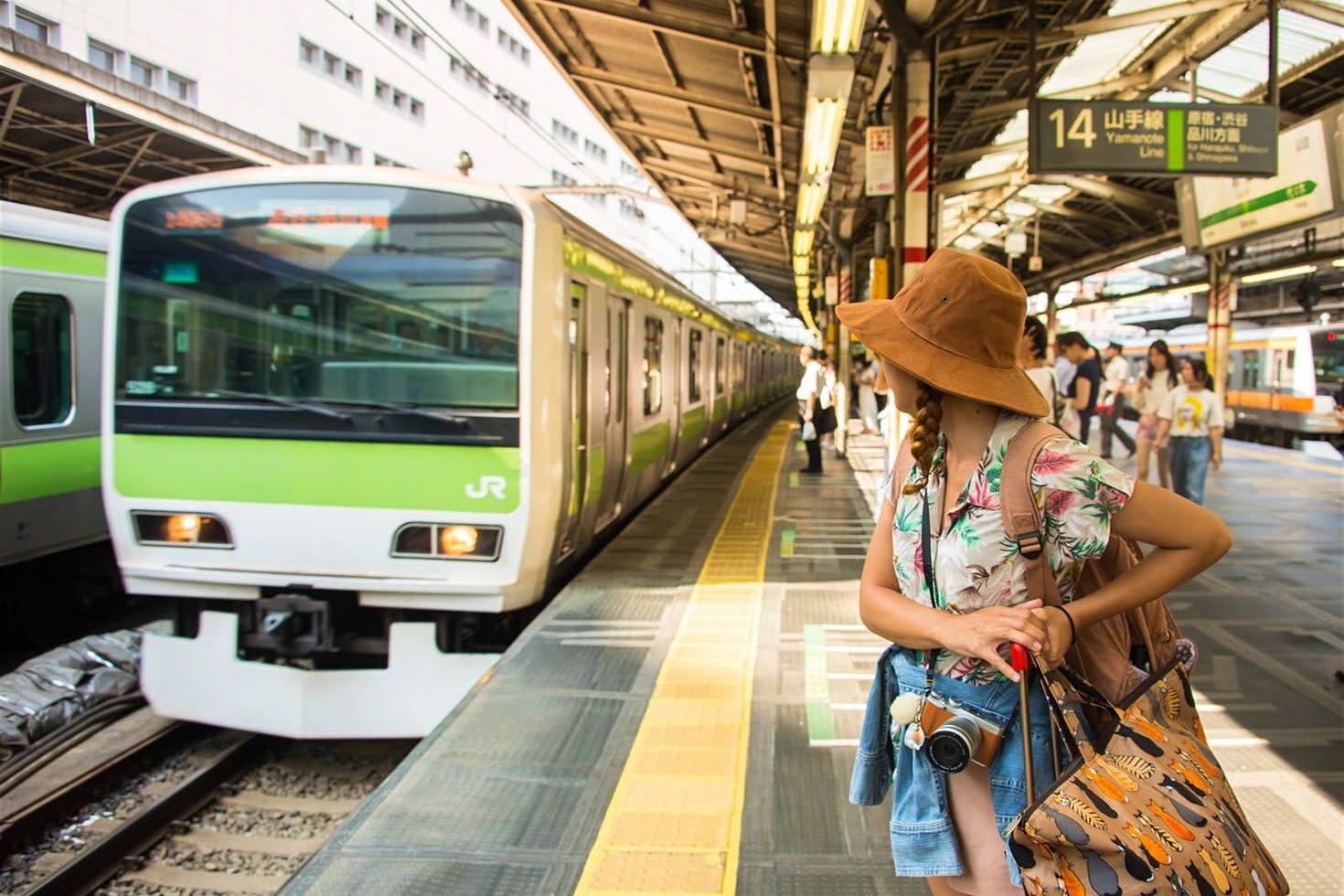














Great post, very informative!
Thanks for sharing this helpful info.
What a coincidence! I’m also from Canada, went to Japan last in Feb 2020, and finally going back to Japan next week. We’ll also be stopping by Tokyo, Osaka and a hot spring in Hakone.
I got lucky and booked business class flights on ANA for me and my husband from YVR to NRT for 55,000 Aeropoints each. Can’t wait to be back! Enjoy your trip!
Would be interested whether the Conrad Osaka grants any significant room upgrade.
Roku Kyoto looks to be a fantastic property. Had 2 nights booked for last year 🙁 but I can live vicariously through you for the time being
I’m right there with you. We leave on oct 7th. Got our visas today but we got sponsored by a company so we paid nothing for them.
14 days in Japan. Tokyo, hakone and kyoto. Can’t wait to leave
My brother and sister-in-law once booked a ryokan by exchanging Avion points for Hotels.com gift cards, if I recall correctly. So it’s possible to use points, just a bit roundabout.
The Conrad Tokyo for 62,000 :-0
I’m going in November and the lowest I’ve seen is 82,000. It’s 95,000 when I’m there.
I think I stumbled onto a pocket of favourable pricing indeed. For what it’s worth, cash rates at the Conrad are often quite reasonable at around $250 (CAD), too, and booking through Amex FHR, Virtuoso, or Hilton Impresario can make sense for the additional $100 credit.